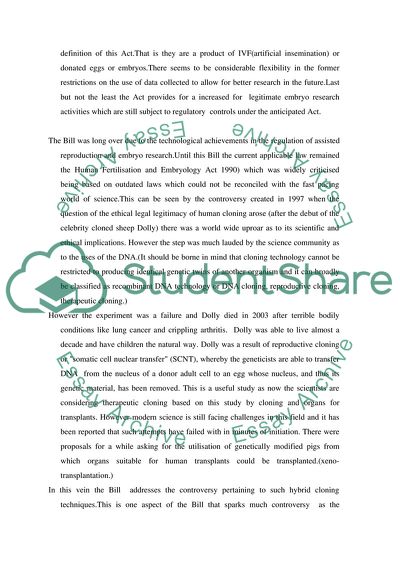Cite this document
(Developments in the Human Fertilization and Embryology Case Study, n.d.)
Developments in the Human Fertilization and Embryology Case Study. https://studentshare.org/science/1714240-human-fertilisation-and-embryology-bill-uk
Developments in the Human Fertilization and Embryology Case Study. https://studentshare.org/science/1714240-human-fertilisation-and-embryology-bill-uk
(Developments in the Human Fertilization and Embryology Case Study)
Developments in the Human Fertilization and Embryology Case Study. https://studentshare.org/science/1714240-human-fertilisation-and-embryology-bill-uk.
Developments in the Human Fertilization and Embryology Case Study. https://studentshare.org/science/1714240-human-fertilisation-and-embryology-bill-uk.
“Developments in the Human Fertilization and Embryology Case Study”. https://studentshare.org/science/1714240-human-fertilisation-and-embryology-bill-uk.


